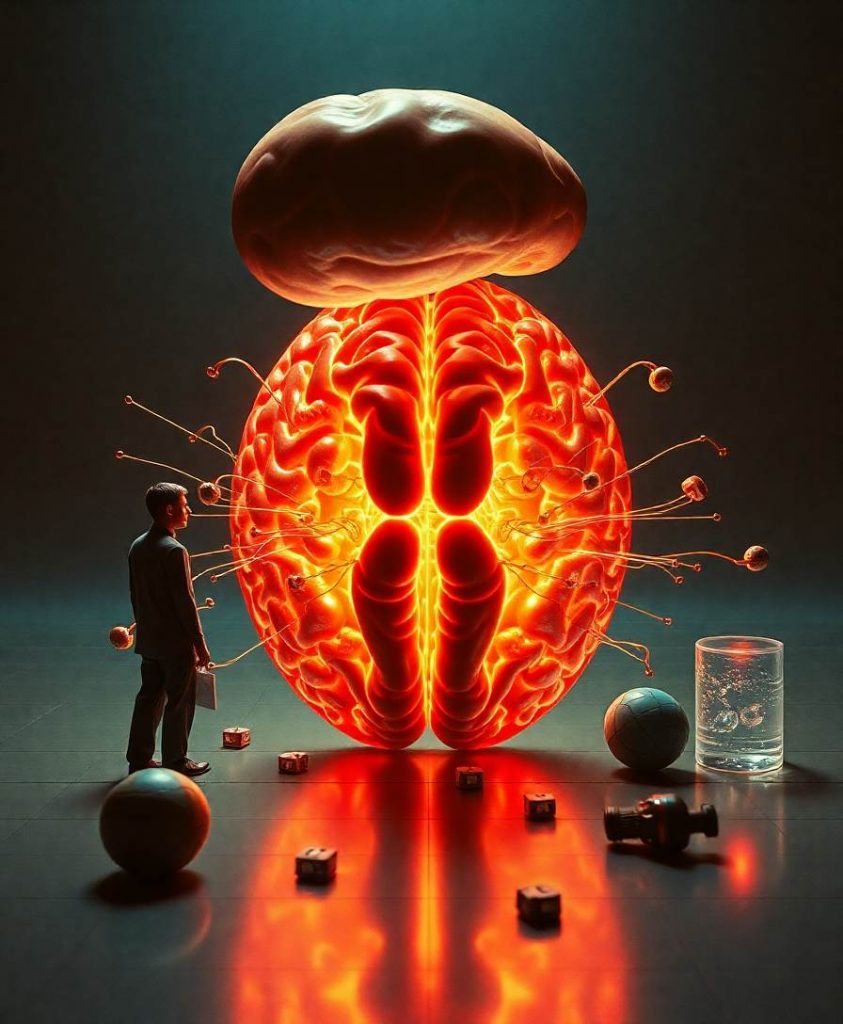Most stroke repetitive transcranial magnetic stimulation (rTMS) studies have used hand motor hotspots as rTMS stimulation targets; in addition, recent studies demonstrated that functional magnetic resonance imaging (fMRI) task activation could be used to determine suitable targets due to its ability to reveal individualized precise and stronger functional connectivity with motor-related brain regions. However, rTMS is unlikely to elicit motor evoked potentials in the affected hemisphere, nor would activity be detected when stroke patients with severe hemiplegia perform an fMRI motor task using the affected limbs. The current study proposed that the peak voxel in the resting-state fMRI (RS-fMRI) motor network determined by independent component analysis (ICA) could be a potential stimulation target. Twenty-one healthy young subjects underwent RS-fMRI at three visits (V1 and V2 on a GE MR750 scanner and V3 on a Siemens Prisma) under eyes-open (EO) and eyes-closed (EC) conditions. Single-subject ICA with different total number of components (20, 30, and 40) were evaluated, and then the locations of peak voxels on the left and right sides of the sensorimotor network (SMN) were identified. While most ICA RS-fMRI studies have been carried out on the group level, that is, Group-ICA, the current study performed individual ICA because only the individual analysis could guide the individual target of rTMS. The intra- (test-retest) and inter-scanner reliabilities of the peak location were calculated. The use of 40 components resulted in the highest test-retest reliability of the peak location in both the left and right SMN compared with that determined when 20 and 30 components were used for both EC and EO conditions. ICA with 40 components might be another way to define a potential target in the SMN for poststroke rTMS treatment.


